Scott #33, a ten-cent United States postage stamp, is distinguished by its Type III design. It mirrors the design of Scott #15 but is unique due to its perforations. This stamp is a crucial component in the series of mid-19th-century stamps, reflecting significant developments in postal history and stamp design.
Design & Print
Scott #33 is based on Gilbert Stuart’s portrait of George Washington, which has been a staple in American philatelic design. The Type III design of Scott #33 exhibits distinctive features such as interrupted outer lines above the upper label and around the “X” numerals, as well as a discontinuity in the lower frame line. Similar to Type II, the shells exhibit a partial cut-away design. Additionally, this plate position is notable for having intact pearls at both its right and left edges, contributing to its unique aesthetic.
Postal Usage
Historically, Scott #33 was typically used to pay the half-ounce, over-3,000-mile postal rate. This made it a crucial stamp for long-distance domestic mail, especially for coast-to-coast deliveries and other substantial postal needs. The earliest known date of use for Scott #33 is October 6th, 1857, indicating its active role in the postal system during this period.
Identification
Identifying Scott #33 involves recognizing its Type III design characteristics, particularly the interrupted outer lines and the discontinuity in the lower frame line. The partial cut-away shells and the intact pearls at the edges are additional key features that distinguish Scott #33 from other types. The presence of perforations further differentiates it from the imperforate Scott #15. These design elements make Scott #33 a unique and identifiable stamp within American philately.
Scott #33, with its Type III design and historical significance, is an important element in U.S. postal history. Its design, inspired by Gilbert Stuart’s portrait of George Washington, coupled with its role in facilitating long-distance mail, underscores its value in the narrative of American philately. Understanding the nuances of Scott #33’s design, postal usage, and identification offers a comprehensive perspective on its place in the broader context of American postal history and collection.



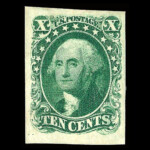
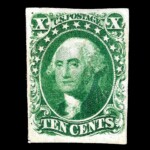

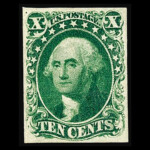
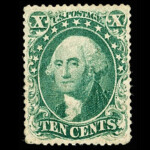

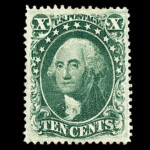
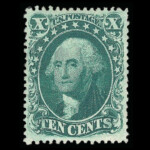
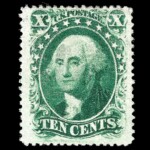
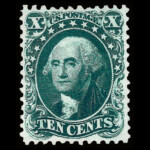
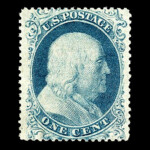
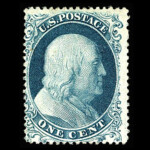
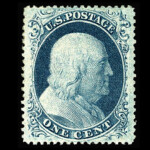
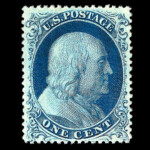
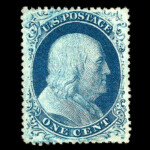
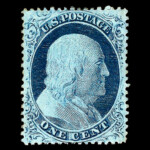
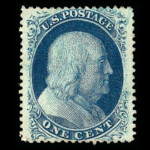
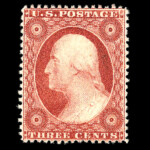
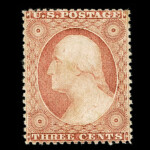
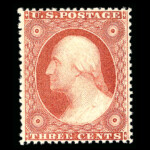
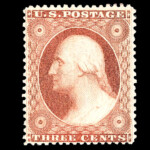
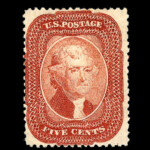
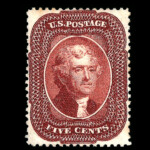
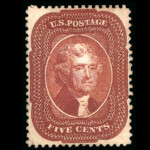
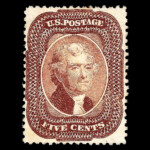
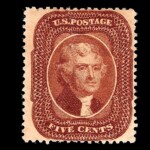
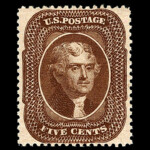
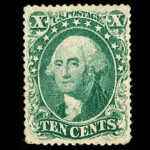
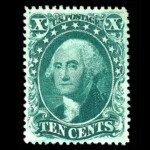
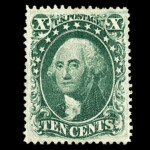
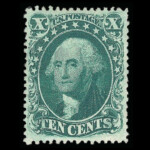
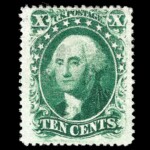
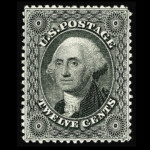
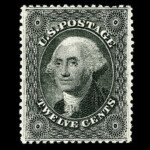

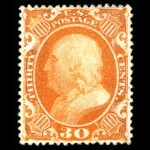
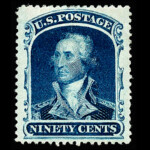




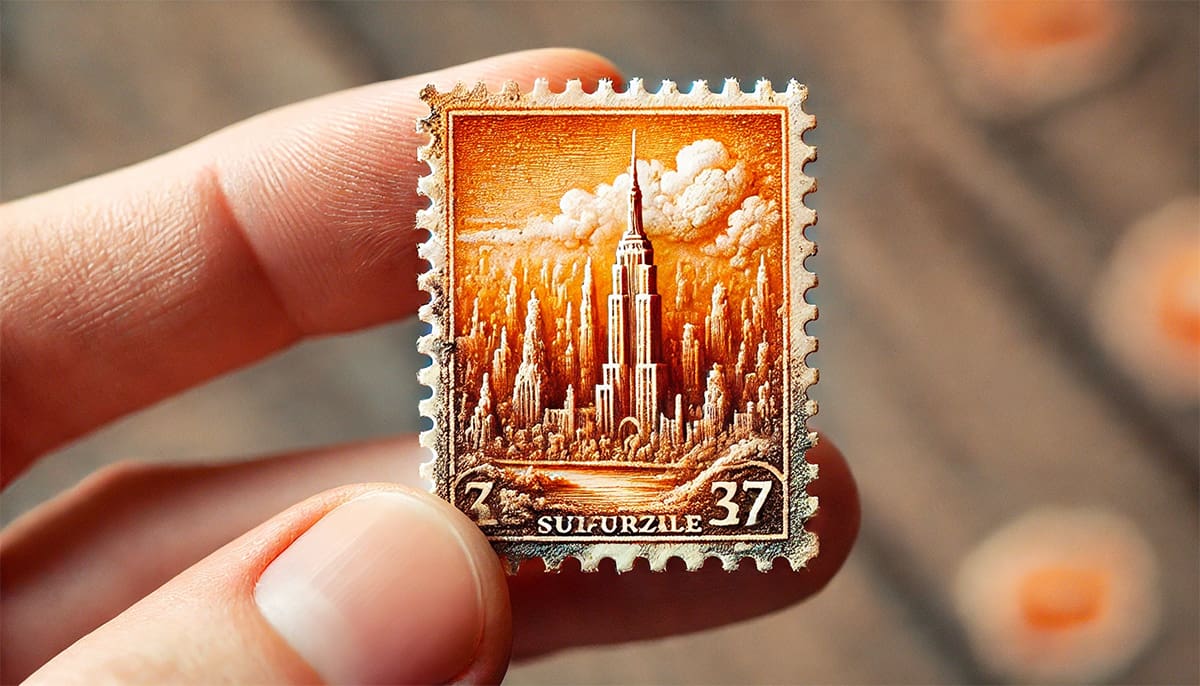

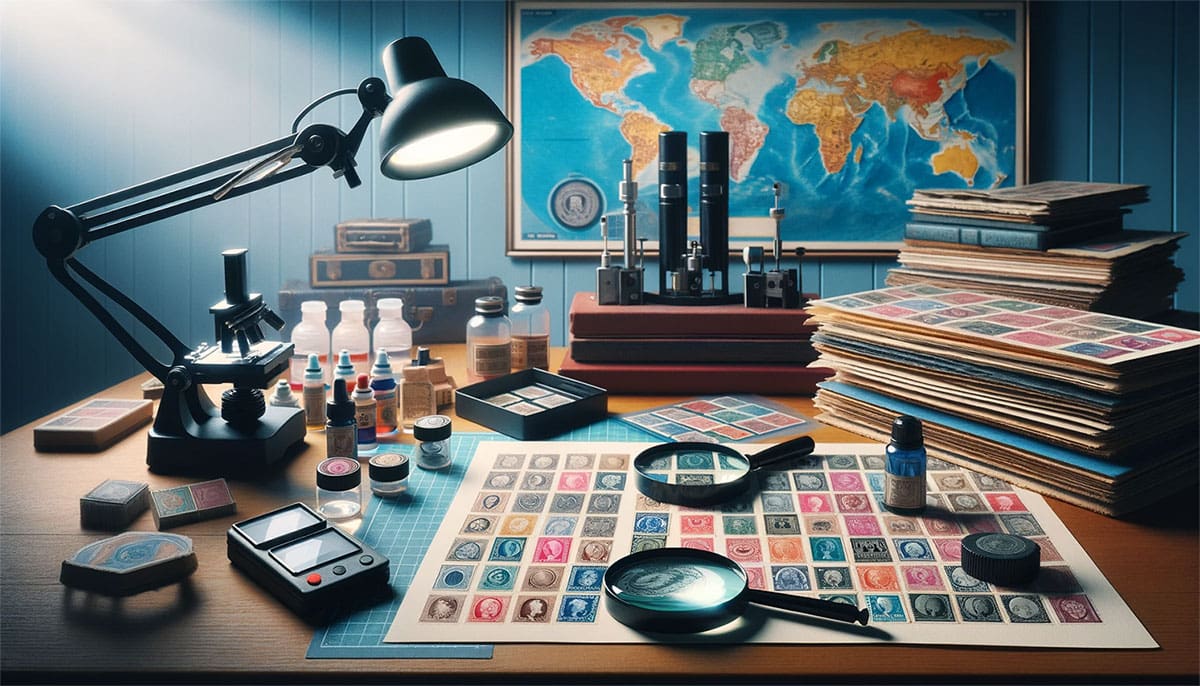


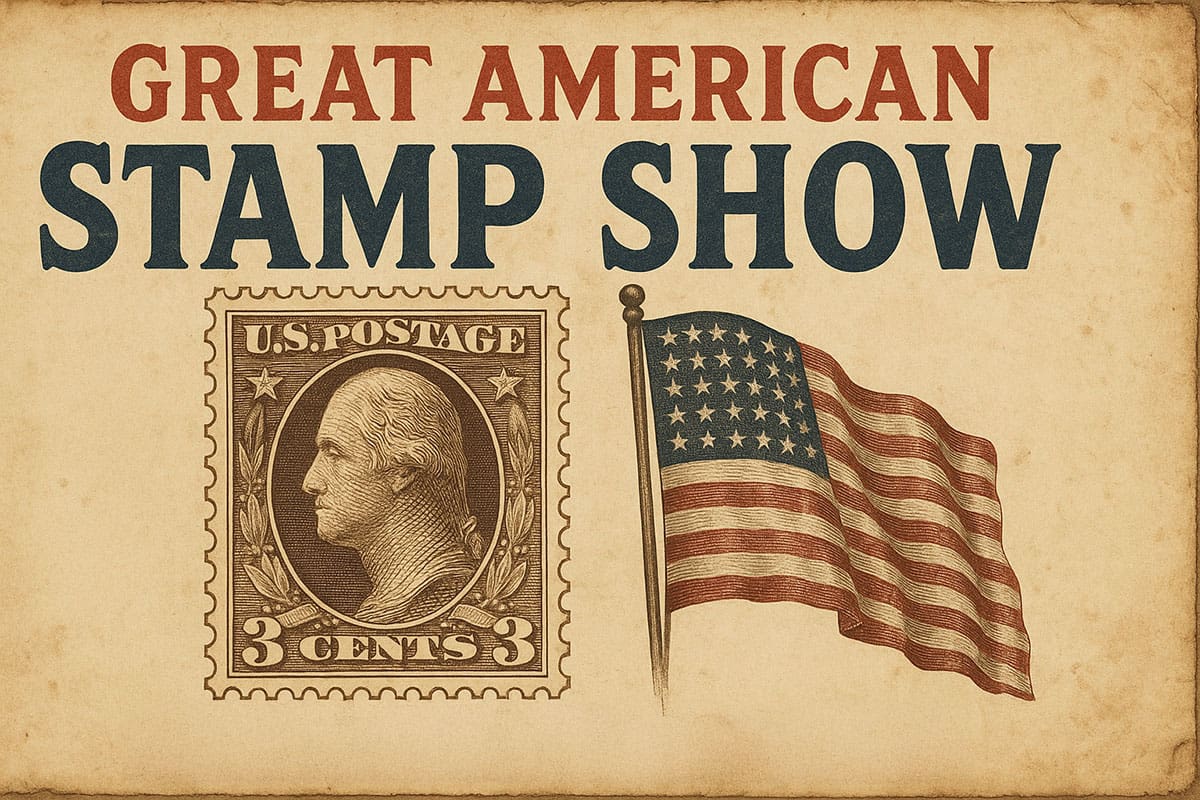


Ask A Question Or Leave A Comment